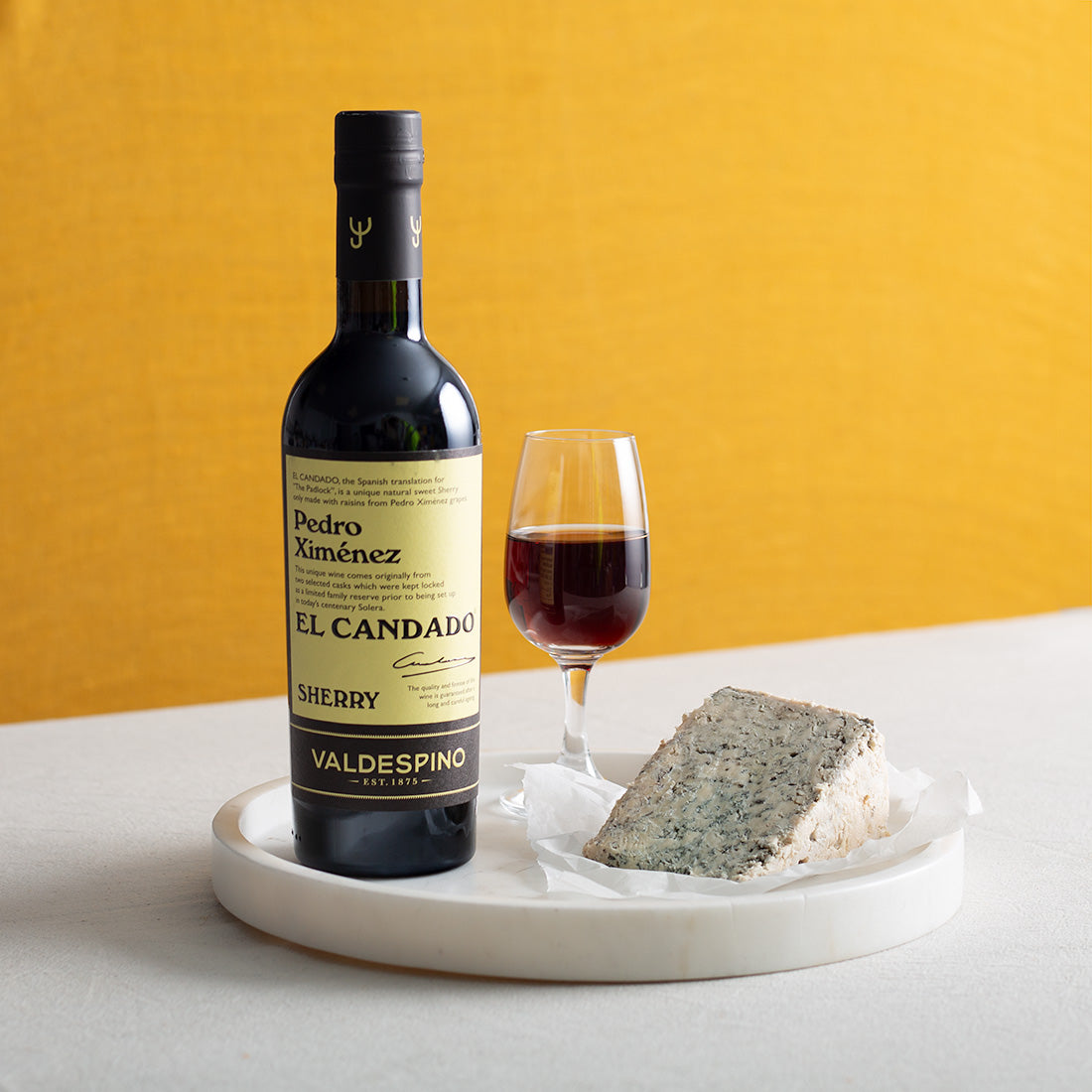PADRÓN PEPPERS
Padrón peppers are tiny, green peppers. In the average plateful, the majority are sweet and mild and the odd one will be fiery-hot!
“LOS PIMIENTOS DE PADRÓN, UNOS PICAN Y OTROS NO”
Literally meaning: “some are hot and some are not”; but colloquially this has come to be almost a proverb, meaning, “you win some, you lose some."
This week’s delivery of Padrón peppers has just arrived in our shop at Borough Market, all the way from Galicia in northwest Spain.
What are Padrón peppers?
“Pimiento de Padrón” from the Capsicum annuum family, is the popular name for the Herbón pepper. Herbón is a town in the Padrón municipality, and the peppers can hold a D.O.P. (Herbón) if they are grown and picked within 5 villages to traditional methods. Padrón peppers are tiny, green peppers. In the average plateful, the majority are sweet and mild and the odd one will be fiery-hot!
A little bit of history
There are hundreds of types of Capsicum, many grown in Spain for generations. The Spanish first came across the pepper following the voyages of Columbus. Almeria is now the most intensive growing region, but many types of pepper are variations on a theme which only grow and are enjoyed in a very small area.
Rumour has it that the Padrón pepper was brought to Spain by Franciscan monks from South America in the 16th century. In fact, a similar but slightly larger and non-piquant pepper is the Couto, from the very northwest of Galicia. This is curious because the monasteries of Herbón and Couto are both Franciscan, so one theory is that missionary monks with a link to South America took the seeds with them across Galicia and over time and in different environments, they have evolved into slightly different peppers.
The D.O.P. Herbón area is in the low-altitude valleys between the Sar and Ulla rivers, which are protected and isolated by surrounding mountains and which receive high levels of rainfall and mild climate, creating perfect growing conditions. Generations of selecting seeds from the best plants and improving the growing conditions means that the plant is perfectly adapted to this region, from its native South America.
What makes the occasional Padrón pepper hot?
About 10% of your plate of peppers will be spicy but apparently this percentage will increase the longer the peppers stay on the bush.
Did you know…
The first Sunday in August is the Fiesta del Pimiento in Herbón, Galicia. Meanwhile the feast of Santiago (St James, the patron saint of Spain) is celebrated in Padrón with a pepper cook-off. For real enthusiasts, intriguingly it appears there is also an Association of Knights of the Pepper (Asosiacion de Cabaleiros do Pemento). If you know anything more about this, do post us your comments below as we would love to hear!
Where to buy them
Padrón peppers are available to buy from our Borough Market shop, we receive fresh stock every Tuesday. Your local deli or supermarket may well stock them.
How to cook them
You can enjoy them on the menus at our London Bridge, Soho and South Ken tapas restaurants. To cook them like our chefs do, simply heat some olive oil in a pan and fry, stirring for about 5 minutes until just turning brown. Sprinkle with sea-salt as you cook.
If you cook them yourself, why not try them alongside our tinned sardines from the Rías Baixas, followed by a plate of Tetilla, Galicia’s most famous cows’ milk cheese. At our restaurants, order them with Pulpo Gallego, a Galician dish of octopus with potatoes, rock salt, sweet Pimentón and olive oil.
The subject of this blog was requested on Twitter: if you have a Spanish food subject you would like to read about, post your comments below.
 New in: Señorio Acorn-Fed Ibérico Ham Kit
New in: Señorio Acorn-Fed Ibérico Ham Kit 100% Iberico Hand-Carved Ham
100% Iberico Hand-Carved Ham Cooking Chorizo
Cooking Chorizo Freshly Sliced Charcuterie
Freshly Sliced Charcuterie FESTIVE PICK: GRANIZO WITH TRUFFLE
FESTIVE PICK: GRANIZO WITH TRUFFLE ARTISAN CHEESE BOX
ARTISAN CHEESE BOX Tinned Fish
Tinned Fish OLIVES, NUTS AND SNACKS
OLIVES, NUTS AND SNACKS OLIVE OIL & VINEGAR
OLIVE OIL & VINEGAR SAUCES & GAZPACHO
SAUCES & GAZPACHO GIFT BOXES AND HAMPERS
GIFT BOXES AND HAMPERS New in: iconic Perelló decorations
New in: iconic Perelló decorations Sparkling Wine
Sparkling Wine Sherry
Sherry BEST SELLERS
BEST SELLERS New in: Perelló Olive Oil
New in: Perelló Olive Oil






